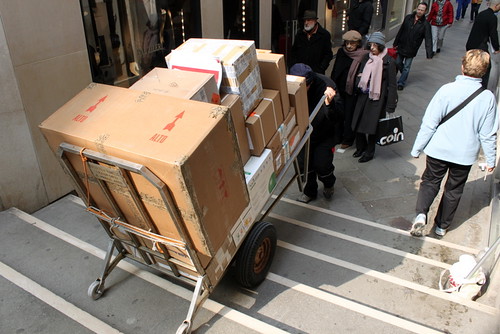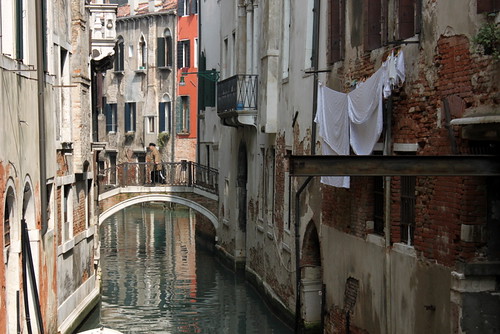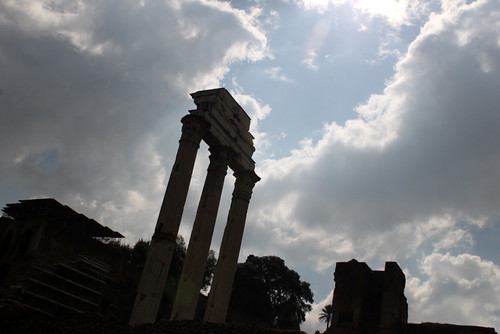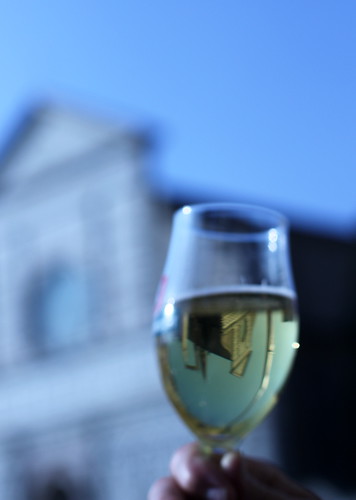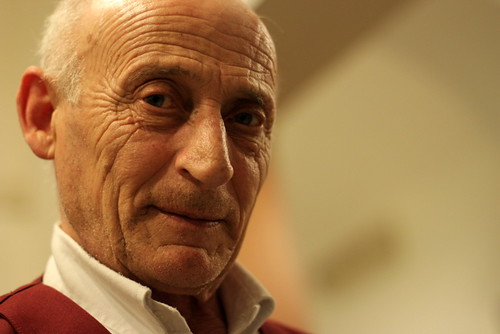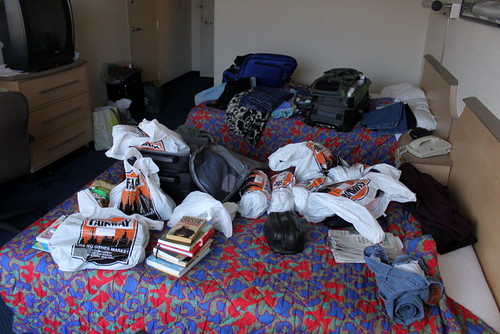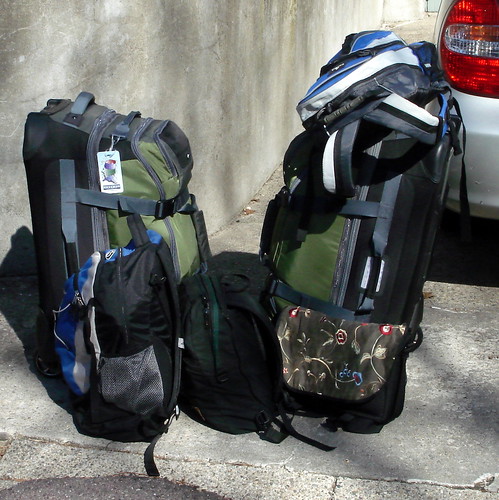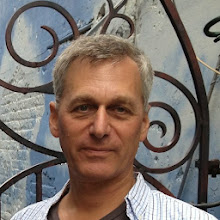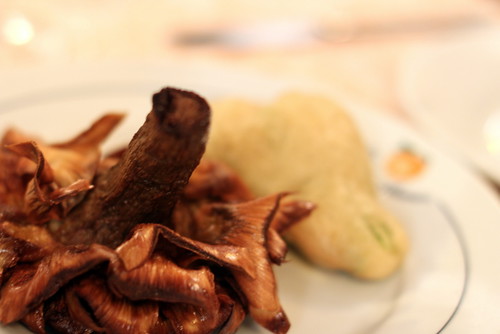
After all the preparation, and all the packing and repacking, thinking and rethinking about what to bring, we found ourselves sitting on a Lufthansa plane, winging our way to Frankfurt, for an ultimate connection to Rome. Every once in a while we'd look at each other and laugh, that we were actually doing this – going to Europe for ten weeks.
I love flying into European cities with an easy walk connection to an express train that goes right to the city center. Though this had been our plan all along, the prominent signs offering express bus service to the same exact spot for several euros less were enticing, until the company that had spent all that money for fancy signs totally forgot about us once we got out of baggage claim, and a tour bus operator wisely advised us that the best, fastest route was by train. Which made sense, because the train was packed. Gotta love public transportation in Europe.
We (well, Susan) had wisely chosen a hotel just two blocks from Termini, the main train station in Rome. Which meant that we were in our hotel mere minutes after arriving (with only a little confusion on our part about where the exit to the station really was, and therefore confusion about where the hotel was), and just around noon. I'd had a pretty good sleep on the Boston-Frankfurt flight, and felt ready to go. Susan barely slept, but she too was ready to go, so we put on or walking shoes and headed out the door to get the adventure underway.
Our introduction to Roman tourism was, of course, a church. A magnificent one at that. I hadn't even brought my camera with me. Then, some more walking, till we found the hordes of tourists frolicking at the Trevi Fountain. I always love the scene of people taking pictures of others in front of famous places (
check out my visit to the Eiffel Tower five years ago). This was particularly eye-catching, was it was lit up at night.
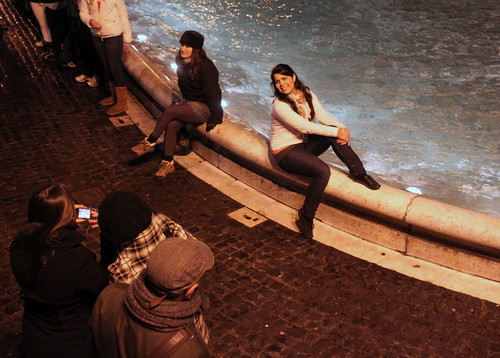
Susan had also wisely bought a great little tourist guide for Rome – a series of six maps with “where to go” information on the outside that folds out to a larger map on the inside. Easy to read (big letters!) and easy to use. And it had a few restaurant listings, so we tried it out, and found a great place near the fountain, but tucked away so that it was reasonably priced and not overtly touristy. The deep fried artichoke and zucchini blossoms was terrific. I don't recall the rest, but suffice to say, it was Italian food.
It's all Italian food here. Not that I'm complaining. I like Italian food. And where else to get it but in Italy. Of course, I'm the one that never wants to get Italian food in Boston, because it's all over the place, and I can get it any time. And if I'm in another city, I reject Italian food because why would I get it in that city, when it's so good in Boston? As a result, even though I love Italian food, I almost never get it.
In Rome, there are three choices of food. Italian. Chinese. Kebabs. That's it. Oh, we saw a sign for one Indian restaurant, but didn't actually see the restaurant itself.
So, Italian food it is. There are three types of restaurants. Snack places that serve sandwiches, some of which look very good, and some of which look like airport fare. (Which isn't fair to the airport sandwiches we saw in Frankfurt, because those looked stupendous, and were not very expensive). Then, there's the pizzerias and pizzeria/spaghetti restaurants. Intended for quick meals, though some of these had full menus. Then, there's the real restaurants. In all cases, they all seemed to have similar menus.
As a result, it's pretty easy to choose where to go. We look at a few places and pick one that has reasonable prices and seems to be a happy place. This makes Susan happy, because she doesn't have to put up with my need to find the best meal in town at the best price.
Churches, sculptures, ruins. All larger than life. Unbelievable really. Trying to imagine society of several thousand years ago, so different, and in some ways so much the same as it is today. Lavishness. Poverty. The gruesome power of the powerful over the weak. Imagining how Rome took over all of Europe, parts of Asia and northern Africa, and how that translated into the relics we walked among. More to come, and
see the Rome pictures.

